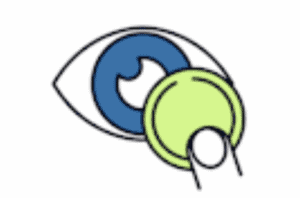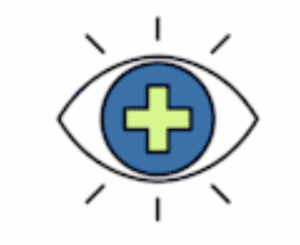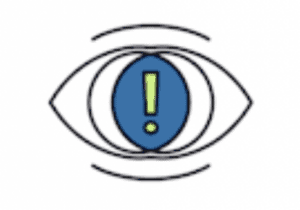Contact Lens Research
Most Recent Articles
Over the age of forty, people continue to lose their eye’s natural ability to focus (accommodate) from far to nearer objects. This can create difficulty with a contact lens that is designed for only far away optics. To create consistent quality vision for distance, intermediate and near ranges for someone who’s losing their ability to…
Read MoreDo you love to start your day with a cup of caffeinated coffee? While caffeine can provide a much-needed energy boost, it’s important to be aware of its potential impact on your eyes, especially if it’s in the form of dry eyes. This discussion explores the link between caffeine and the dry eye condition. Truthfully,…
Read MoreHUGE NEWS for ALL astigmatism soft contact lens wearers! Johnson & Johnson (the manufacturer of Acuvue lenses) recently announced that they are bringing back previously discontinued Acuvue Oasys for Astigmatism 2-week lens powers, and adding some extra power availability on top of it. Therefore, the range of powers for the lens will not only restore…
Read MoreDemonstration of a Healthy Macula What is macular degeneration? The most important part of our retina (our sight sensory cells in the back of our eyes) is the fovea, which is the epicenter of the macula. The macula, therefore, is where our most fine-tuned central vision cells reside. Macular degeneration is a progressive disease that…
Read MoreIt is crucial to treat a scratched eye promptly to prevent potential consequences that could arise from delaying treatment. A scratched eye can lead to significant discomfort and pain, and failing to promptly seek treatment can lead to further complications such as permanent vision loss and infection. The potential risks of delaying treatment for a…
Read MoreSoft contact lenses have the ability to correct vision for eyes with astigmatism. Soft contacts that are designed to correct for astigmatism errors are labeled either “Toric” or “for Astigmatism.” For eyes with low amounts of astigmatism, this type of corrective lens may not be necessary, so its best to let your eye doctor guide you to the best lens design for you, and then go to DeliverContacts.com for ALWAYS LOW prices with FREE DELIVERY to make your purchase.
Read MoreThis article discusses the Vergence-Accommodative Conflict found in current Virtual Reality Technology
Read MoreMyopia management is a revolutionary movement in eyecare that demonstrates a proven form of slowing down the progression of nearsightedness. In April of 2021, the World Council of Optometry recommended that myopia management be considered a “Standard” in eye care. Visit our home page DeliverContacts.com and switch to big savings on your lenses. Easily prescription…
Read MoreIntroduction to Ocular Allergy Treatments Treatment of allergies often involves removing contact lenses (if you wear them) and utilizing one of many options of eye medicines containing antihistamines and mast cell stabilizers to combat the symptoms of itchy, swollen, red, and watery eyes. Treatments have been fine-tuned to the typical use of these drugs by…
Read MoreContact Lens Size: “Diameter” Meaning Diameter, in the context of contact lenses, refers to the edge-to-edge measurement of a lens. It plays a crucial role in ensuring a proper fit on the wearer’s cornea, contributing to both comfort and visual clarity. A correct lens diameter can prevent issues like irritation or discomfort, while incorrect diameters…
Read More





